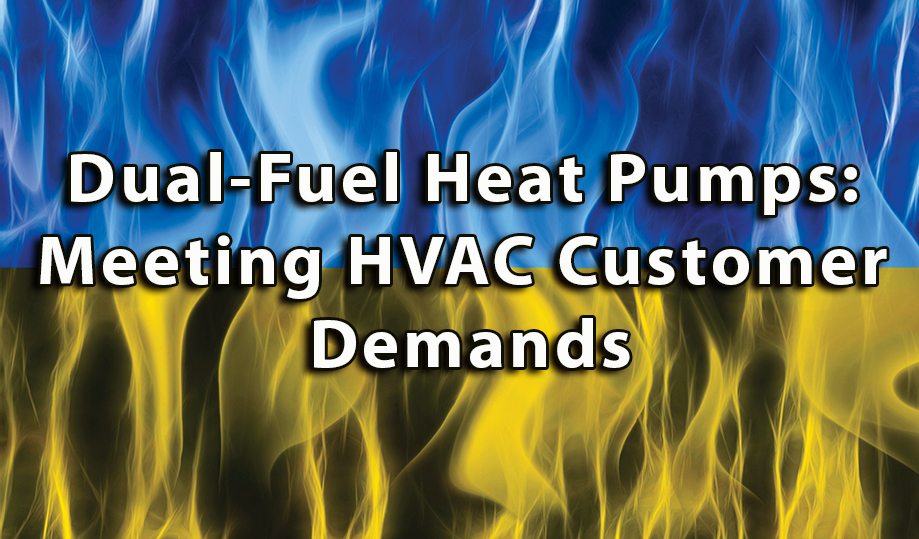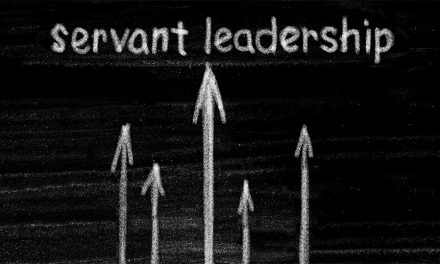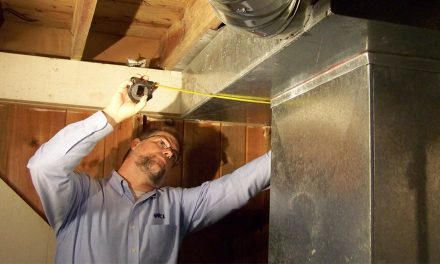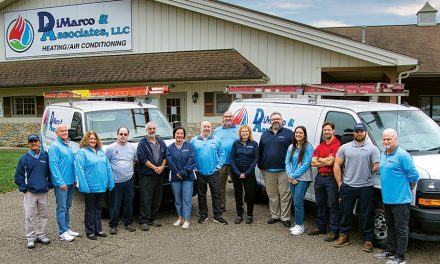Systems like these include controls for the indoor unit that tell the fan what speed to run in based on the heat pump operation, in addition to determining when to operate the furnace.
Lastly, if you have an older furnace with a single- or two-speed fan, the best option is to stick with a single or two-stage heat pump with an external dual fuel controller such as the iO HVAC Controls Dual Fuel Kit.
This kit can control up to two stages of cooling and four stages of heating (two heat pump stages and two furnace stages) and includes an outdoor thermostat for setting the changeover temperature.
Weather Issues and More
Addressing Cold Weather Concerns: A primary concern regarding heat pumps is their performance in cold temperatures.
While special cold weather models exist today that can eliminate this issue in all but the coldest climates, dual-fuel systems are perhaps even more reliable. When the outdoor temperature drops below a certain point, where the heat pump’s efficiency declines, the system automatically switches to the gas furnace.
This transition guarantees homeowners reliable heating even in extreme cold weather.
The science of optimizing dual-fuel changeover settings can get quite sophisticated. All sorts of variables could come into play including heat pump sizing relative to design loads, detailed performance ratings across temperatures, local gas versus electric prices, etc.

I would expect to start seeing dual fuel controls that can optimize for comfort, economy, or even greenhouse gas emissions as controls and the grid get smarter with more communication capability.
Today, a practical way to get a great changeover setting on a standard heat pump would be to set it at 25°F or so and teach the customer to increase it a bit if they get cold.
For a set-it-and-forget-it option for less savvy customers, a 35°F changeover is a pretty traditional and foolproof place to start.
On an inverter system or a cold weather heat pump, it would be best to consult the manufacturer detailed performance tables to get an idea of the temperature range at which capacity and efficiency start to drop off.
Efficiency and Reliability Concerns
Enhancing Energy Efficiency and Cost Savings: Dual-fuel systems offer homeowners the flexibility to manage their energy costs effectively. As energy prices fluctuate, users can select either electricity or gas as their heating source.
When electricity is cost-effective, you can use the heat pump. The gas furnace takes over when gas prices are more favorable. This adaptability empowers homeowners to make cost-effective choices, potentially reducing their energy bills.
As alluded to above, I expect that in the future real-time pricing signals from utilities could automate operation for the lowest costs. I’m not aware of any solutions to automate these decisions currently, so you or your customer would need to do some due diligence on heat pump and furnace efficiencies and utility rates to find the best changeover strategy for cost optimization.
Reliability During Power Outages: Another common concern is the potential loss of heating during power outages. Dual-fuel systems excel in this regard. As stated earlier, the gas furnace can be operated using a small portable generator or a battery backup.
Click Below for the Next Page:













Recent Comments